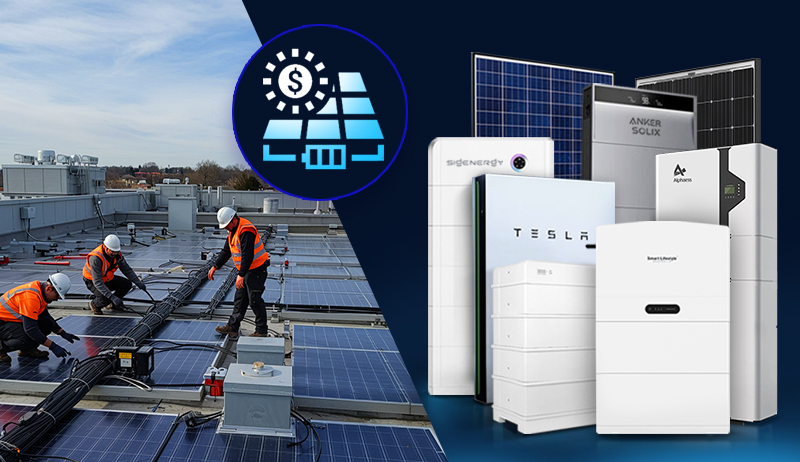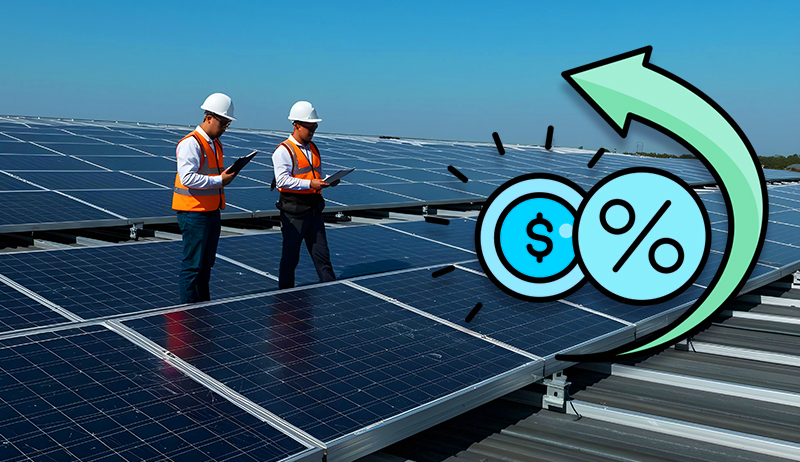Sustainable Aviation Fuel
Sustainability in KLM Royal Dutch Airlines
KLM Royal Dutch Airlines, commonly known as KLM, is the flag carrier airline of the Netherlands. With a rich history dating back to 1919, KLM has always been committed to innovation and service excellence.
In recent years, the airline has also placed a strong emphasis on sustainability, recognizing the importance of minimizing its environmental impact and contributing to a more sustainable future.
KLM understands that the aviation industry has a significant carbon footprint and acknowledges the urgent need to address climate change. As a result, the airline has implemented various initiatives and strategies to reduce its environmental impact, promote sustainability, and foster a culture of corporate social responsibility.
1. Carbon Reduction and Climate Action:
KLM is actively working towards reducing its carbon emissions. The airline has implemented a fleet modernization program, introducing more fuel-efficient aircraft and retiring older, less eco-friendly planes. Additionally, KLM is investing in sustainable aviation fuels (SAF) to reduce its reliance on traditional fossil fuels. These SAF initiatives are aimed at significantly reducing CO2 emissions and improving air quality.
2. Sustainable Operations and Infrastructure:
KLM is committed to optimizing its operations and infrastructure to minimize environmental impact. The airline has implemented measures to reduce waste generation, increase recycling rates, and enhance energy efficiency. KLM also actively seeks partnerships and collaborations with airports and air traffic control authorities to develop more sustainable ground operations and streamline flight routes for greater fuel efficiency.
3. Customer Awareness and Engagement:
KLM recognizes the importance of engaging and educating its customers about sustainability. The airline promotes responsible travel choices by offering carbon offset programs, where passengers can voluntarily contribute to projects that reduce greenhouse gas emissions. KLM also communicates its sustainability efforts through various channels, including its website, social media, and in-flight messaging, to raise awareness and encourage sustainable behavior among travelers.
4. Partnerships and Innovation:
To drive sustainability in the aviation industry, KLM actively collaborates with partners, industry stakeholders, and governmental organizations. By working together, they aim to develop and implement innovative solutions to address environmental challenges. KLM is involved in research projects focused on sustainable aviation fuels, electric aircraft, and alternative propulsion systems, contributing to the development of a more sustainable future for aviation.
5. Corporate Social Responsibility:
KLM takes its role as a corporate citizen seriously and strives to make a positive impact on society. The airline supports various social and community initiatives, focusing on education, health, and poverty alleviation. KLM’s corporate social responsibility efforts are aligned with the United Nations Sustainable Development Goals (SDGs) and aim to create a better future for communities and the environment.
In conclusion, sustainability is a core focus for KLM Royal Dutch Airlines. The company is taking proactive steps to reduce its carbon footprint, enhance operational efficiency, engage customers in sustainable practices, foster innovation, and fulfill its corporate social responsibility. By prioritizing sustainability, KLM aims to play a leading role in the aviation industry’s transition towards a greener and more sustainable future.
Fact and Data
Here are some key facts and data about KLM Royal Dutch Airlines:
1. History and Operations:
– KLM Royal Dutch Airlines was founded on October 7, 1919, making it the oldest airline in the world still operating under its original name.
– The airline is headquartered in Amstelveen, Netherlands, with its main hub at Amsterdam Airport Schiphol.
– KLM operates scheduled passenger and cargo services to over 145 destinations worldwide, covering Europe, Asia, Africa, the Americas, and the Middle East.
– KLM is a part of the Air France-KLM Group, formed in 2004 through the merger of Air France and KLM.
2. Fleet Size and Modernization:
– As of my knowledge cutoff in September 2021, KLM had a fleet size of around 140 aircraft.
– The KLM fleet consists of various aircraft types, including Boeing 737s, 747s, 777s, and 787 Dreamliners, as well as Airbus A330s.
– The airline has been actively modernizing its fleet to include more fuel-efficient and environmentally friendly aircraft, such as the Boeing 787 Dreamliner.
3. Sustainability and Environmental Initiatives:
– KLM is committed to sustainability and has set ambitious targets to reduce its carbon emissions and environmental impact.
– The airline aims to achieve a 15% reduction in CO2 emissions per passenger-kilometer by 2030 compared to 2005 levels.
– KLM has been investing in sustainable aviation fuels (SAF) and aims to increase SAF usage to 14% by 2030.
– The company is actively engaged in research and development projects related to electric flying, biofuels, and other sustainable aviation solutions.
4. Awards and Recognitions:
– KLM has received numerous awards and accolades for its sustainability efforts and overall performance.
– The airline has been consistently recognized for its commitment to corporate social responsibility, environmental initiatives, and innovation in the aviation industry.
5. COVID-19 Pandemic Impact:
– Like many airlines, KLM has faced significant challenges due to the COVID-19 pandemic, which led to travel restrictions and a decrease in passenger demand.
– The airline implemented various measures to ensure the safety and well-being of passengers and employees during this challenging period.
https://www.exaputra.com/2023/05/sustainability-in-klm-royal-dutch.html
Renewable Energy
ACORE Applauds Maryland Gov. Moore’s New Executive Order on Energy Affordability and Reliability
-
Grid Infrastructure -
Policy -
Siting & Permitting Reform -
Technology -
Press Releases
ACORE Applauds Maryland Gov. Moore’s New Executive Order on Energy Affordability and Reliability
ACORE Applauds Maryland Gov. Moore’s New Executive Order on Energy Affordability and Reliability
FOR IMMEDIATE RELEASE
Dec. 19, 2025
WASHINGTON, D.C. — The American Council on Renewable Energy (ACORE) issued the following statement from ACORE President and CEO Ray Long in response to Governor Wes Moore’s announcement of new initiatives to build an affordable and reliable energy future for Maryland.
“ACORE applauds Gov. Wes Moore for setting forth a new series of energy initiatives that seek to stabilize energy bills while ensuring grid reliability and efficiency for Marylanders. In particular, ACORE commends key provisions in the order to increase the deployment of advanced transmission technologies; streamline the siting and permitting of high-voltage transmission, energy storage, and other infrastructure; advance wholesale market reforms; and more. As the country enters a new era of electricity demand, initiatives like Gov. Moore’s will facilitate significant progress toward building a modern and reliable grid needed to maintain economic competitiveness and keep the lights on,” said ACORE President and CEO Ray Long.
###
ABOUT ACORE
For over 20 years, the American Council on Renewable Energy (ACORE) has been the nation’s leading voice on the issues most essential to clean energy expansion. ACORE unites finance, policy, and technology to accelerate the transition to a clean energy economy.
For more information, please visit http://www.acore.org.
Media Contacts:
Stephanie Genco
Senior Vice President, Communications
American Council on Renewable Energy
communications@acore.org
The post ACORE Applauds Maryland Gov. Moore’s New Executive Order on Energy Affordability and Reliability appeared first on ACORE.
https://acore.org/news/acore-statement-on-gov-wes-moores-new-energy-executive-order/
Renewable Energy
Meat–It’s What’s for Dinner, if You Don’t Care about the Animals or the Planet
 We often hear meat-eaters say things like, “If beef isn’t good, why do the manufacturers of plant-based burgers try so hard to make their burgers taste like real meat?”
We often hear meat-eaters say things like, “If beef isn’t good, why do the manufacturers of plant-based burgers try so hard to make their burgers taste like real meat?”
There is no doubt that cow and pig meat tastes and smells great; every vegan on Earth will tell you that.
The problem lies elsewhere, in a) the environmental impact of clearing the rainforests to make room for more cows, and b) the cruelty inherent in factory farming and the slaughtering of the animals.
Meat–It’s What’s for Dinner, if You Don’t Care about the Animals or the Planet
Renewable Energy
FAQs: Your Most Common Commercial Solar Questions Answered
The post FAQs: Your Most Common Commercial Solar Questions Answered appeared first on Cyanergy.
https://cyanergy.com.au/blog/faqs-your-most-common-commercial-solar-questions-answered/
-
Climate Change4 months ago
Guest post: Why China is still building new coal – and when it might stop
-
Greenhouse Gases4 months ago
Guest post: Why China is still building new coal – and when it might stop
-
Climate Change2 years ago
Spanish-language misinformation on renewable energy spreads online, report shows
-

 Greenhouse Gases2 years ago
Greenhouse Gases2 years ago嘉宾来稿:满足中国增长的用电需求 光伏加储能“比新建煤电更实惠”
-
Climate Change Videos2 years ago
The toxic gas flares fuelling Nigeria’s climate change – BBC News
-

 Climate Change2 years ago
Climate Change2 years ago嘉宾来稿:满足中国增长的用电需求 光伏加储能“比新建煤电更实惠”
-

 Carbon Footprint2 years ago
Carbon Footprint2 years agoUS SEC’s Climate Disclosure Rules Spur Renewed Interest in Carbon Credits
-
Climate Change2 years ago
Why airlines are perfect targets for anti-greenwashing legal action











 Full energy assessment
Full energy assessment



